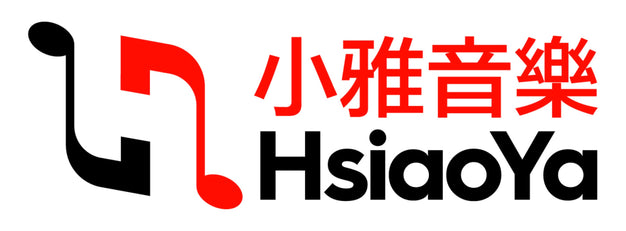
6 Hungarian Dances 布拉姆斯 钢琴三重奏 匈牙利舞曲 齐默尔曼版
约翰内斯-勃拉姆斯(Johannes Brahms,1833-1897 年)共创作了 21 首四手联弹钢琴曲《匈牙利舞曲》。这些舞曲分两卷出版,第一卷出版于 1869 年(这里介绍的 6 支舞曲就选自这一卷),第二卷出版于 1880 年。这些舞蹈很快受到广泛欢迎。促进这一发展的一个重要因素是其配器,因为四手联弹的钢琴在 19 世纪的资产阶级家庭中非常流行。后来,这些舞曲被不同的作曲家和指挥家配上了管弦乐,有些甚至由勃拉姆斯亲自演奏。这首为三种不同乐器编配的舞曲已经向管弦乐迈出了一小步,但保留了原始钢琴声部的基本要素。小提琴作为旋律乐器无疑是表现匈牙利风情的理想选择。演奏者可以让自己的乐器歌唱和啜泣,尤其是在第一、第二和第四支舞曲的康特拉中(当然,这也适用于大提琴)。长笛演奏者的任务更加艰巨,但为了让他们的演奏更加轻松,我们安排了长笛的演奏部分,以便让长笛的音色尽情展现。因此,长笛部分的许多段落都比小提琴部分高八度。乐谱中没有具体说明,只显示了长笛部分。只有在小提琴需要演奏双音段的少数段落中,才能看出这也是小提琴声部。为了充分利用长笛和两件弦乐器的音域,第四、五和六舞曲必须转调到其他调上。众所周知,除了交响乐团成员之外,长笛演奏家很少能用自己的乐器演奏勃拉姆斯的作品。尽管勃拉姆斯在其第一交响曲的最后乐章等重要段落中使用长笛作为管弦乐的色彩,但他并未创作过一首长笛室内乐作品。本版本试图填补这一空白;毕竟,它为长笛界提供了一首伟大的乐曲"
作曲家: Brahms Johannes
校订者: Geller, Doris
乐器: flute (violin), cello and piano
出版社: Musikverlag Zimmermann
曲目:
g minor - d minor - F Major - d minor - a minor - C major
原文简介:
Johannes Brahms (1833-1897) composed a total of 21 Hungarian Dances for piano for 4 hands, in which he used Hungarian and gypsy melodies, but also some of his own themes "in a Hungarian style". The dances were published in two volumes, the first one in 1869 (from which the 6 dances presented here are taken), the second one in 1880. The dances soon met with widespread popularity. A major factor contributing to this development was their instrumentation, as 4-hand piano playing was highly popular in the bourgeois households of the 19th Century. Later the dances were orchestrated by various composers and conductors, some even by Brahms himself. The present arrangement for three different Instruments already takes a little step towards an orchestration, but keeps the essentials of the original piano part. The violin as a melody instrument is certainly an ideal choice to express Hungarian flair. Performers are invited do make their Instrument sing and sob, in particular, in the cantilenas of the 1st, 2nd and 4th dances (of course, this applies to the cello as well). Flutists have a more difficult task to perform, but to make things easier their parts have been arranged so that the flute sound can unfold its füll brilliance. For this reason, many passages are played one octave higher in the flute part than they are in the violin part. The score includes no specific notice but only shows the flute part. The fact that this is also a violin part can only be seen from the few passages, where the violin has to play double stops. To be able to make full use of the tonal range of both flute and the two string Instruments, the 4th, 5th and 6th dances had to be transposed to other keys. This edition will allow flutists to play Brahms on their instrument; as is generally known, this is a rare occasion - except for members of symphony orchestras. Even though Brahms used the flute as an orchestral color in significant passages, e.g. in the last movement of his 1st symphony, he was written not a Single piece of flute Chamber music. The present edition tries to close this gap; after all, it provides the flute world with a piece of great music.
难度: advanced - difficult
